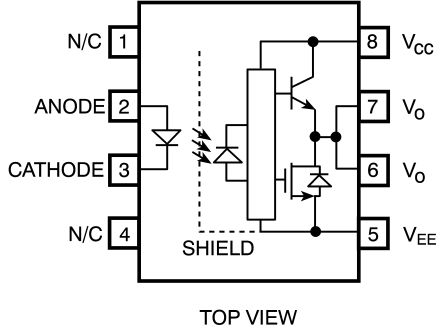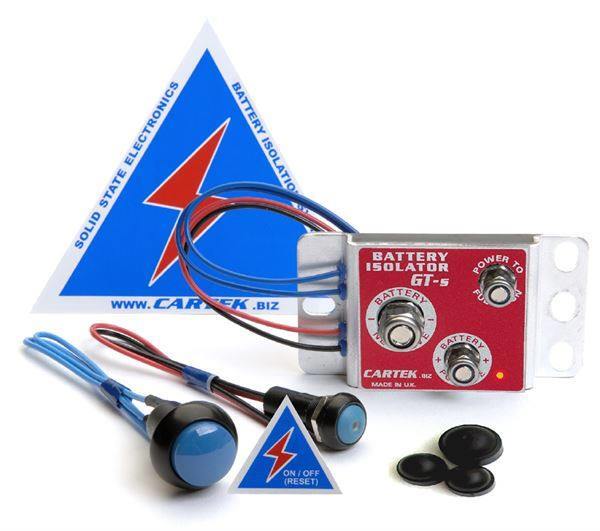

That can only be got around with an amplitude-modulated AC voltage that has to be demodulated following the transformer. They miss out on slowly varying signals and DC voltage. Transformers work in different versions at frequencies from a few hertz up into the gigahertz region, but they can only operate on AC voltages. Baluns, other toroidal transformers and the coreless variants of radio technology are also in the category. Whether under power as a line transformer, which has remained indispensable to date even though implemented in the meantime in switch-mode power supplies as a variant of higher frequency, or as a pure signal, data and pulse transformer – neutral transformer. Transformers have always been customary not just for voltage or current transformation but also for galvanic isolation. All variants are currently offered by the different producers. Various techniques were used in the course of time to produce galvanic isolation, starting with the classic transformer and ending with the TMR/GMR coupler as the latest option.
ALTERNATIVE TO OPTICAL ISOLATOR FREE
Galvanic isolation is called for in many electronic circuits, whether in test and measurement, in field bus systems or other extensive wiring in production plant to prevent differences in potential with possibly fatal effects, whether in audio and video engineering so that no loops occur, or in medical engineering for safety reasons.ĭigital technology, supposedly so down-to-earth, also suffers from this phenomenon, as anyone will know who has joined a satellite receiver by an electric S-P/DIF connection (instead of the variant by fiberglass cable) to an amplifier, and then found that the digital sound, otherwise free from interference, disappeared every time a light switch in the house was operated. So what are the alternatives for galvanic isolation in electronics?


But optocouplers are no longer fast enough for today’s data technology. The development of refractory epitaxial HfN and ZrN thin films with high solar and infrared reflectance makes them excellent alternative plasmonic materials to silver and would pave their applications in CSP, daytime radiative cooling, and others.The (infrared) light beam of an optocoupler effectively isolates high voltages. Temperature-dependent reflectivity and dielectric constants are further measured to demonstrate their high-temperature suitability. Low-loss and high-quality epsilon-near-zero resonance at near-UV (∼340–380 nm) spectral regions are achieved in HfN and ZrN by carefully controlling the stoichiometry, leading to a sharp increase in the reflection edge that is on par with silver. Here, we show the development of refractory epitaxial hafnium nitride (HfN) and zirconium nitride (ZrN) thin films as excellent mirrors with a solar reflectivity of ∼90.3% and an infrared reflectivity of ∼95%. However, to achieve high solar reflection (∼320–2500 nm), materials with epsilon-near-zero starting from the near-ultraviolet (UV) spectral region are required. Transition metal nitrides, such as titanium nitride, have emerged as alternative plasmonic materials to gold starting from a spectral range of ∼500 nm. Moreover, supply-side constraints and high-temperature instability of silver have led to the search for alternative materials that exhibit high solar and infrared reflectance. However, silver is soft and expensive, quickly tarnishes, and requires a protective layer of glass for practical applications. Silver, with its excellent optical reflectance, is traditionally used as a reflective layer in solar mirrors for CSP technologies. Harnessing solar energy by employing concentrated solar power (CSP) systems requires materials with high electrical conductivity and optical reflectivity.


 0 kommentar(er)
0 kommentar(er)
